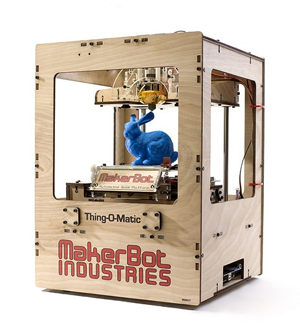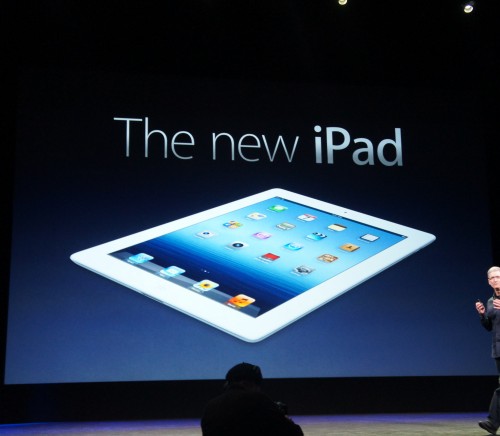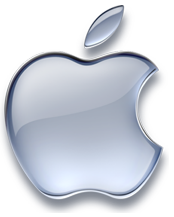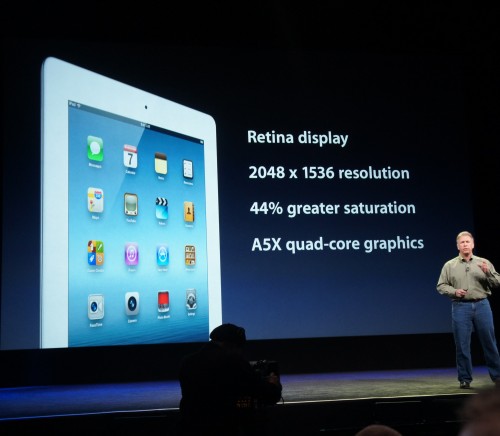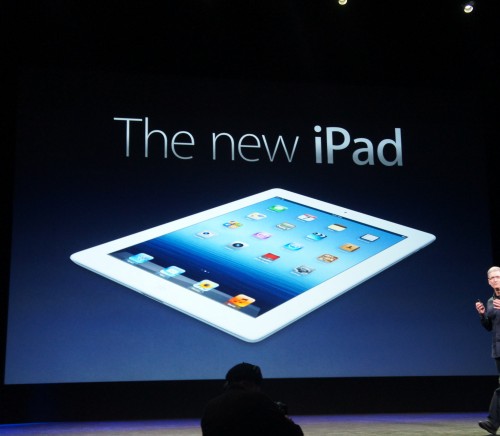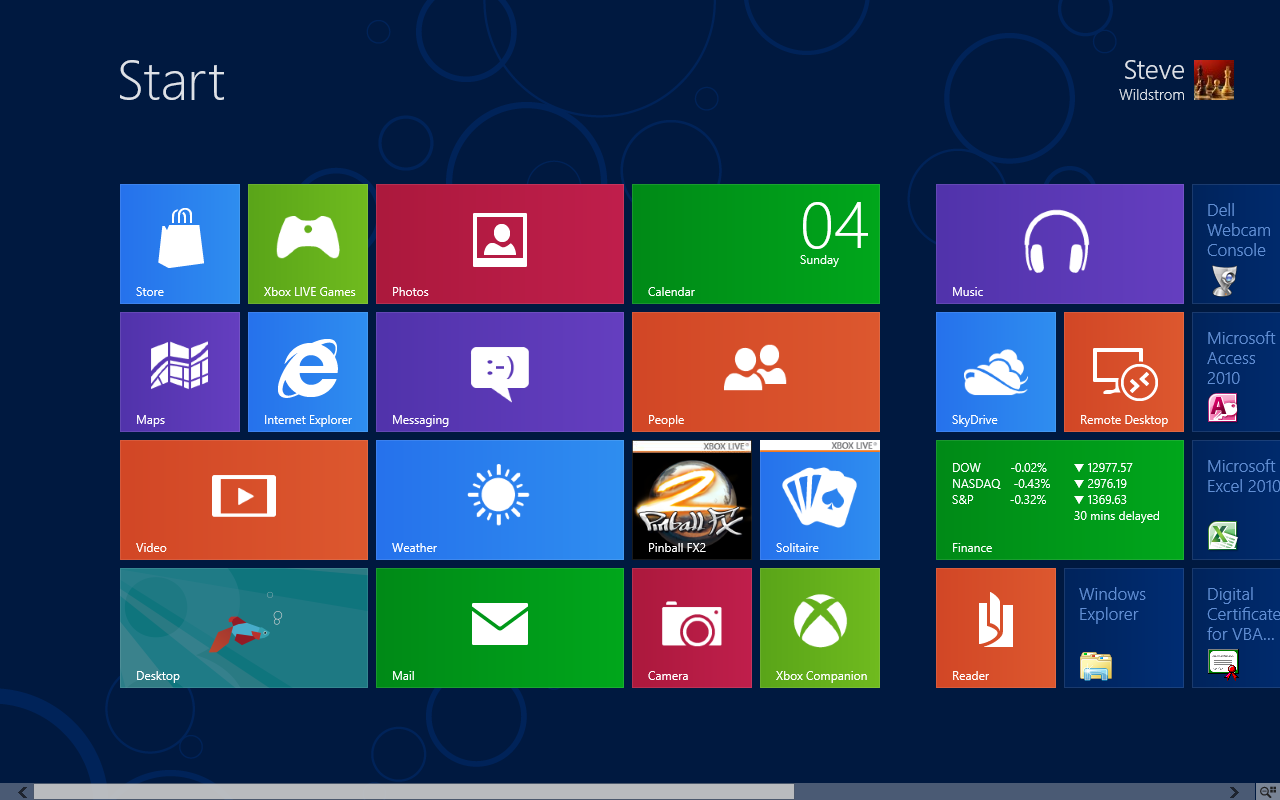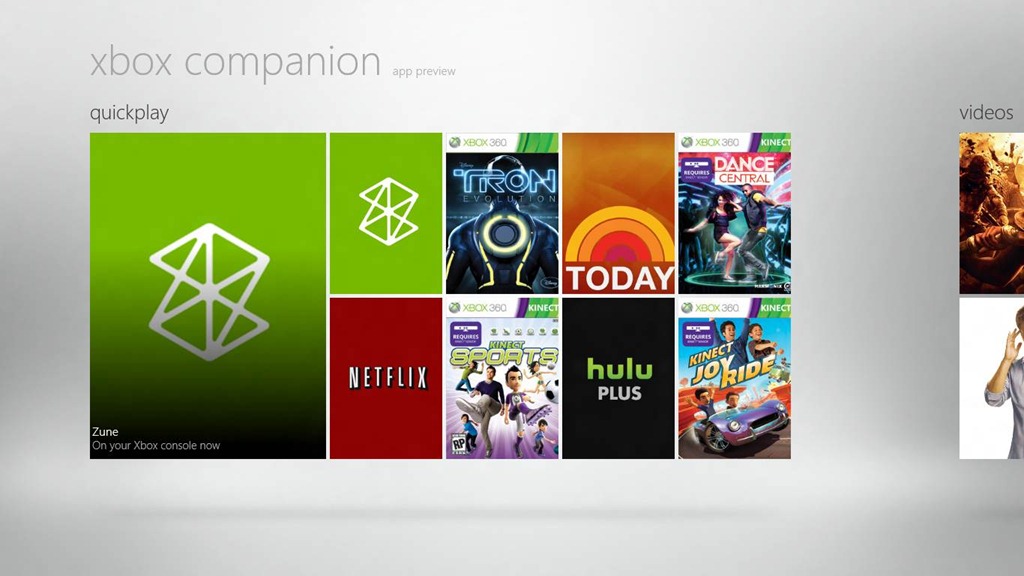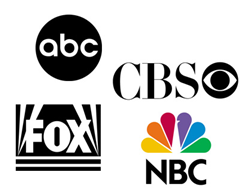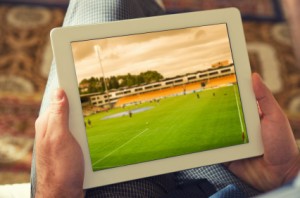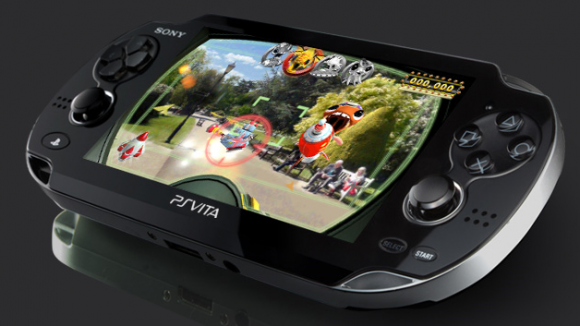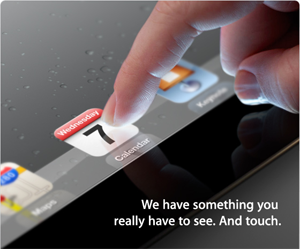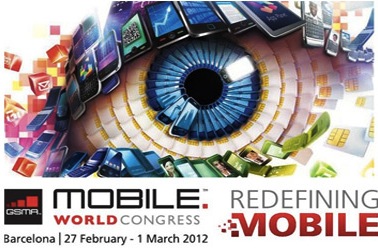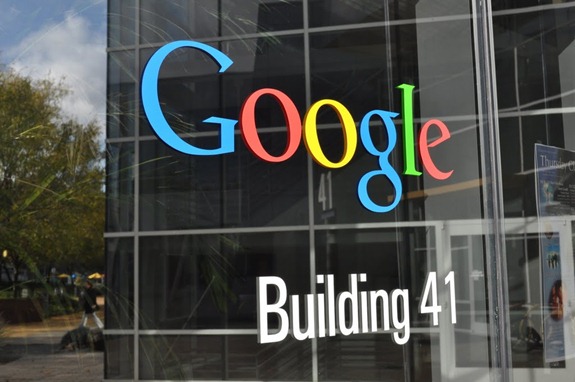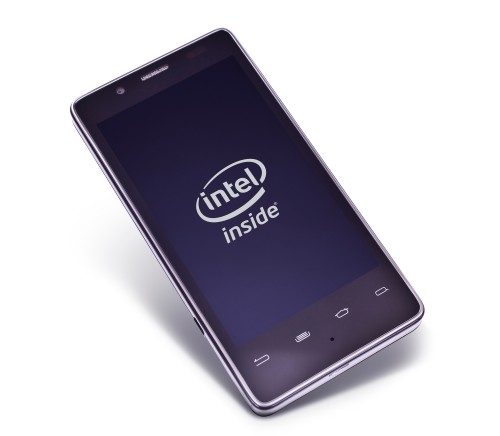Remember that old HP campaign “The computer is personal again?” I remember seeing that campaign and thinking to myself, when did the computer become un-personal? I’ve been cogitating on this term “personal computer” and in light of the recent debate of whether the iPad is a PC, I have come to some personal conclusions on this topic.
I would also like to preface this by saying that I agree with how Tim Cook illustrated what Post PC meant. He explained how Post PC means the PC is no longer the center. That is true. However, we are using this term “post pc” only because a desktop or notebook form factor is what has been associated with “PC.” We should not forget that the term PC literally means personal computer. So my overarching point is that we are actually in what is truly the PC (personal computing) era. My logic is as follows.
First lets look at some computing history. To do that I am going to look at the evolution of personal computing by calling out specific “eras” of computing. The first era was the birth of computing. During this era computing was in its infancy. Things like the transistor, then the microprocessor were invented which paved the way for computing. During the first stage of computing, computers were quite large and normally filled a room mostly and in the form of mainframes then eventually minis. Many visionaries dreamed of making these devices smaller so people could bring them into their homes and own their own computer. This vision paved the way for desktop computing.
Desktop Computing
This is the second era of computing. What most during this time would consider the personal computer I will call a desktop computer. The term personal came from the idea that each “person” would have one. When computers were largely mainframes or minis they were too big for each person to own. Bill Gates famously said “some day there will be computer on every desk.” This was the result of the next evolution of computing as computers become smaller and were able to now fit on desks as well as become more affordable. Of course these devices could become personal in the sense that a person owned them and could personalize them to a degree. But more personal computers were still ahead.
Portable Computing
The next era was the era of portable computing. This was the era of notebooks. Some call this mobile computing but my argument is that notebooks were really more portable computers than they were mobile. Meaning you could move them more easily than a desktop but you still sat down and were stationary using the device at arms length (generally) to type. My point is you weren’t actually doing computing while being mobile–you were still stationary.
Notebooks certainly took us one step closer to personal computing because they added an element of portability. They tended to travel with a select person who largely customized the notebook thus making it more personal to that individual. I would argue that the notebook is actually the first truly personal computer and birthed personal computing.
Now enter smart phones and tablets. The Merriam-Webster definition of a computer is:
“a programmable usually electronic device that can store, retrieve, and process data.”
Another definition I found in the dictionary says:
“An electronic device for storing and processing data, typically in binary form, according to instructions given to it in a variable program.”
So my first question is how is a tablet and smart phone not considered a computer? I also highly customize my smart phone and tablet for my own tastes and likings via software, personal data storage, access to media, and take them with me everywhere I go. So how exactly how are they not also personal? Thus one would have to logically conclude that smart phones and tablets are in fact personal computers on which computing tasks take place.
What we need to realize in this evolution of personal computing is that devices like smart phones and tablets represent a form factor evolution of computing similarly to the way the desktop form factor evolved to the notebook form factor. This evolution led to portable personal computing and it made computing possible in places that were before impossible with a desktop–like at Starbucks. The evolution of the personal computer form factor from notebook to tablet and smart phone represents the evolution to truly mobile personal computing. Again bringing computing to places not before possible or were before inconvenient–like the couch, bed, walking down the street, etc.
The Era of Mobile Personal Computers
 My point earlier was that notebooks were more portable than they were mobile due to the form factor of a notebook still requiring its user to be stationary, with the device resting on a surface being used at arms length. Devices like tablets and smart phones change this computing paradigm. We can hold these devices in our hands and use them, we can move around while using them, we can use them in a range of places and situations where a desktop or notebook could never be used. Places like point of sale retail, by waiters, or car salesman, while running through the woods, while hunting, while boating, at the park, at the beach, etc.
My point earlier was that notebooks were more portable than they were mobile due to the form factor of a notebook still requiring its user to be stationary, with the device resting on a surface being used at arms length. Devices like tablets and smart phones change this computing paradigm. We can hold these devices in our hands and use them, we can move around while using them, we can use them in a range of places and situations where a desktop or notebook could never be used. Places like point of sale retail, by waiters, or car salesman, while running through the woods, while hunting, while boating, at the park, at the beach, etc.
The tablet and smart phone form factor represent what I believe are the best form factors for truly mobile personal computing. Thus they are simply form factor evolutions in personal computing not something other than a personal computer.
Can they replace other form factors?
The answer is no; tablets in particular are not replacing PCs, at least not in the foreseeable future. Rather what is happening is tasks or jobs are being replaced. Things that once were done primarily on the notebook or desktop form factor are now being done largely on devices like tablets and other form factors. In essence the best way to think about this is that time is shifting from notebooks or desktops to tablets and smart phones.
Prior to tablets, for example, the notebook owned the bulk of a consumers time when it came to computing tasks like searching the web, consuming media, checking email, etc. Now with tablets, time has been shifted to the tablet or smart phone where the form factor is more convenient for tasks like browsing the web, checking email, etc, in many situations.
Each form factor has a role to play. Based on the list of computing tasks consumers perform, the form factors play a role in making those jobs easier to accomplish. In this environment what happens is that consumers spread their time across a number of form factors to accomplish computing holistically.
Before one “personal computer” monopolized consumers time. Now time is shared between computing devices in the ecosystem in order to accomplish a wider range of computing tasks. Things that were not possible, or were harder to accomplish with previous form factors become possible with new computing form factor evolutions that stick in the market.
Rather than look at tablets and smart phones as separate from PCs it would be more helpful to look at them within the larger personal computing ecosystem. If we did this then we would not be arguing about whether the “death of the PC” is imminent or the degree at which PC sales are slowing. Instead we would be talking about the growth of the PC industry as well as the expansion of personal computing into new form factors, use cases, tasks, etc.
What we need to let go of is not the idea that these devices are not personal computers. What we need to let go of is an archaic and out of date definition, assumption, and stereotype of the term PC.
We are not really in the post PC era. We are in the post notebook form factor era. We are in the post traditional definition of a PC era. We are actually just entering the era of truly personal computing. If Bill Gates vision of long ago was that every desk would have a computer then I offer up this: in this new era, every pocket will have a personal computer.
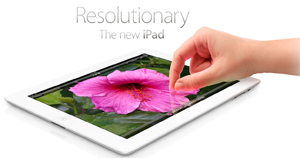 Companies like Samsung can put together a piece of hardware that is similar — although still not as good — as the iPad, but they still lack the infrastructure that makes the iPad appealing to consumers.
Companies like Samsung can put together a piece of hardware that is similar — although still not as good — as the iPad, but they still lack the infrastructure that makes the iPad appealing to consumers.